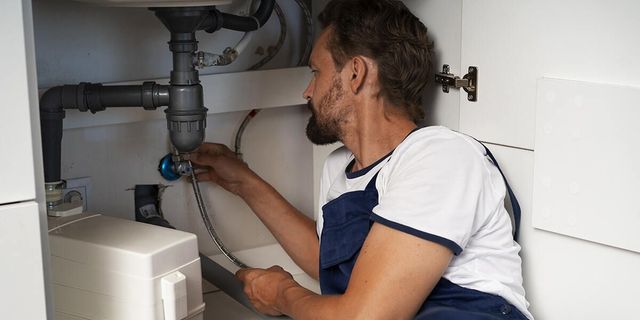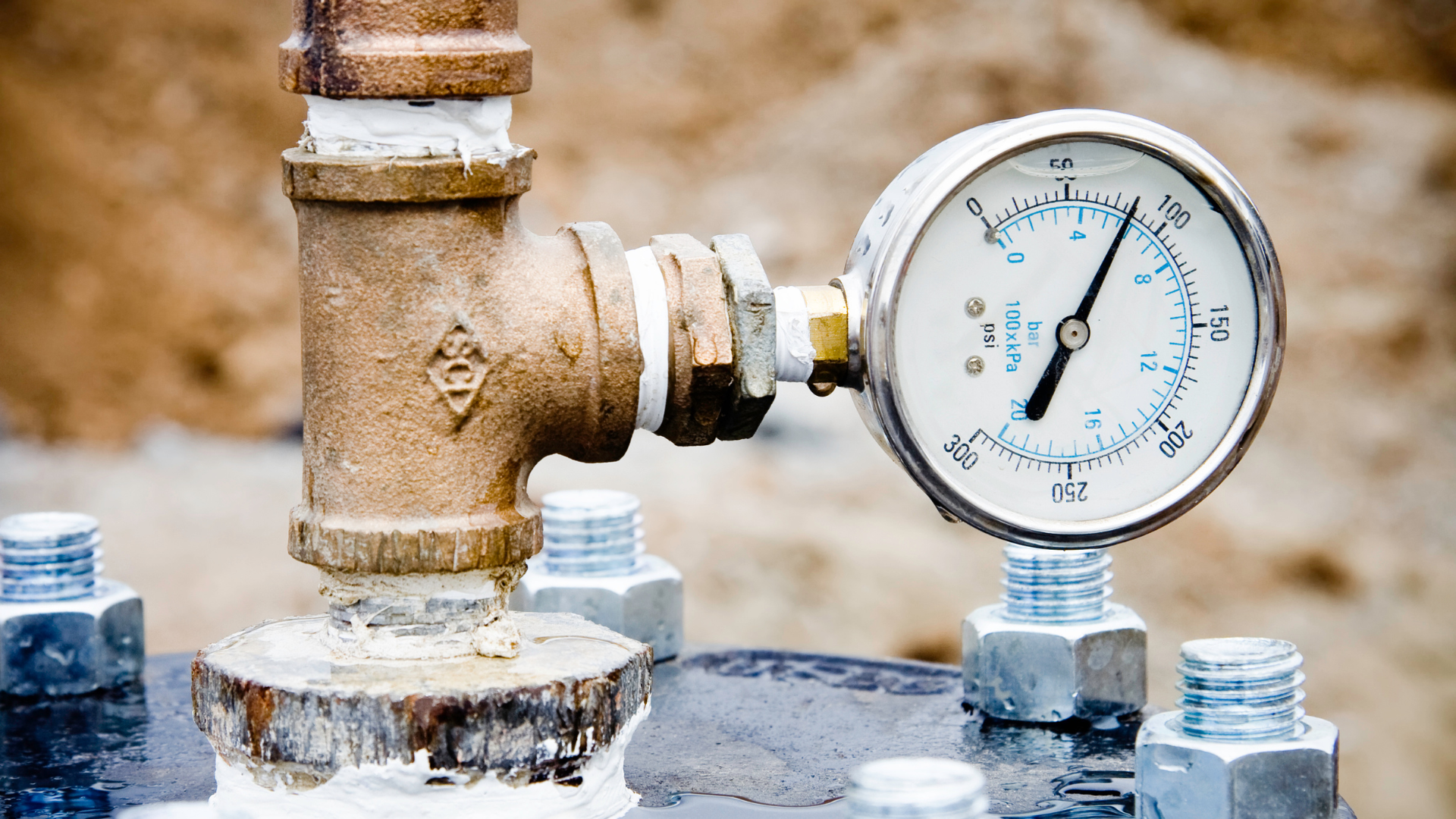Tested Strategies for Fixing Low Water Pressure in Your Home
Tested Strategies for Fixing Low Water Pressure in Your Home
Blog Article
In this article underneath you can discover lots of good tips when it comes to Dealing with Low Water Pressure in Your Home.

Low tide stress in your home can be a frustrating issue, impacting everything from showering to washing dishes. If you're experiencing weak water flow, there are a number of possible causes and solutions to explore. In this overview, we'll review usual reasons for low tide pressure and useful actions to resolve the issue efficiently.
Introduction to Low Tide Stress
Low water pressure happens when the flow of water from your taps, showers, and other fixtures is weaker than normal. This can make day-to-day tasks extra tough and less efficient. Understanding the sources of low tide pressure is important to locating the appropriate service.
Usual Reasons For Low Tide Pressure
Faulty Pressure Regulators
Pressure regulatory authorities are in charge of keeping constant water pressure in your home. If they malfunction, it can result in low tide pressure or unequal circulation throughout the house.
Municipal Water Issues
Often, the issue exists outside your home. Metropolitan water issues, such as main line leakages or upkeep job, can momentarily reduce water pressure in your area.
Pipeline Obstructions
In time, pipelines can end up being obstructed with mineral deposits, sediment, or particles, limiting the circulation of water. This is an usual issue in older homes with galvanized steel pipes.
Corrosion
Rust within pipes can bring about leaks and decreased water pressure. Rust accumulation can restrict water circulation, particularly in aging plumbing systems.
Exactly How to Diagnose Low Tide Stress
Evaluating Pipes
Check visible pipes for signs of leaks, corrosion, or obstructions. Take notice of any kind of uncommon sounds, such as banging or rattling pipelines, which might show concerns within the plumbing system.
Consulting with a Plumber
If you're incapable to pinpoint the cause of low tide stress, consider working with a specialist plumber to perform a complete inspection. They can determine underlying problems and advise ideal solutions.
Checking Taps and Fixtures
Start by checking the water pressure at various faucets and components throughout your home. If the problem is isolated to specific locations, it may show localized troubles.
DIY Solutions to Repair Low Water Stress
Flushing Hot Water Heater
Debris build-up in the water heater can limit circulation and minimize effectiveness. Purging the storage tank occasionally aids eliminate debris and keep optimum efficiency.
Inspecting Pressure Regulatory Authority
Ensure that the stress regulator is functioning appropriately. Adjusting or changing the regulatory authority can assist recover proper water pressure throughout your home.
Cleansing Aerators and Showerheads
Natural resources can accumulate in aerators and showerheads, lowering water flow. Eliminate and cleanse these elements routinely to enhance water pressure.
Clearing Clogs in Piping
For small clogs, attempt making use of a plumbing serpent or chemical drain cleaner to clear blockages in pipes. Beware when using chemicals and follow security guidelines.
When to Call a Professional Plumber
If do it yourself initiatives fall short to settle the issue or if you presume substantial plumbing troubles, it's finest to seek aid from an accredited plumber. They have the competence and tools to address complex problems safely and effectively.
Safety Nets to Preserve Water Pressure
Mounting a Pressure Booster
Consider setting up a pressure booster pump to improve water stress in areas with regularly low circulation. This can be particularly helpful for multi-story homes or properties with high-demand fixtures.
Tracking Water Usage
Bear in mind water usage practices and avoid overtaxing the plumbing system. Straightforward changes, such as incredible showers and laundry tons, can help preserve adequate water pressure.
Normal Upkeep
Set up regular upkeep for your plumbing system to prevent problems such as deterioration, leaks, and clogs. Addressing minor troubles early can aid stay clear of more considerable fixings later.
Verdict
Handling low tide pressure can be aggravating, yet determining the underlying reasons and implementing appropriate solutions can bring back optimal circulation throughout your home. Whether it's cleaning aerators, inspecting pipelines, or seeking advice from a plumber, taking positive actions can make sure a consistent supply of water for your everyday demands.
FOUR WAYS TO FIX LOW WATER PRESSURE NOW
Turning on a shower or faucet only to find the water comes out in a sad, slow drizzle is never a good feeling. How exactly are you supposed to wash a pan or take a quick shower when it takes 10 minutes just to rinse off a little soap? The good news is that when your water pressure is bad, there's always a cause: typically one that can be easily fixed. Here are some of the most common causes of low pressure and what you can do to fix the issue:
DEBRIS AND MINERAL DEPOSIT BUILDUPS
If you notice low water pressure from just one or two of the fixtures in your house, the problem likely has to do with debris buildup. Water is full of minerals and other debris, all of which can accumulate in your pipes and on your fixtures. This can cause a blockage that affects how much water flows through. To fix this, try filling a small plastic bag with white vinegar, and use a rubber band to hang it around your showerhead or faucet. Let the head of the fixture soak for a few hours, and the vinegar should loosen the deposits.
WATER LEAKS
Leaks are another common cause of low water pressure. If water is flowing out of your plumbing through a hole or crack before it can reach your fixture, the pressure coming out of the faucet or showerhead will be lower. A plumbing professional is your best bet for finding and repairing a leak in your water supply pipes.
Leaks are another common cause of low water pressure. If water is flowing out of your plumbing through a hole or crack before it can reach your fixture, the pressure coming out of the faucet or showerhead will be lower. A plumbing professional is your best bet for finding and repairing a leak in your water supply pipes.
A VALVE ISSUE
If you have low water pressure throughout your home, check your main shut-off valve to make sure it's completely open. You may also want to see if there's a pressure-reducing valve installed. If there is, have a plumber help you adjust the settings to get the pressure you're looking for.
OTHERS USING WATER
Believe it or not, your low water pressure could be caused by your neighbors. If you notice low pressure at certain times of day, it may be because you and the people living next to you have similar schedules - when everyone is showering at the same time, the pressure will be lower in every home. Low pressure throughout the neighborhood may also be caused by an issue with your municipal water supply. If that's the case, call the supplier to see if they're working on the issue.
https://www.rotorooter.com/blog/water-leaking/low-water-pressure-fixes/

We were made aware of that editorial about 4 Ways to Troubleshoot Low Water Pressure through an associate on another website. Liked our piece? Please quickly share it. Help somebody else locate it. Thank-you for taking the time to read it.
Call Report this page